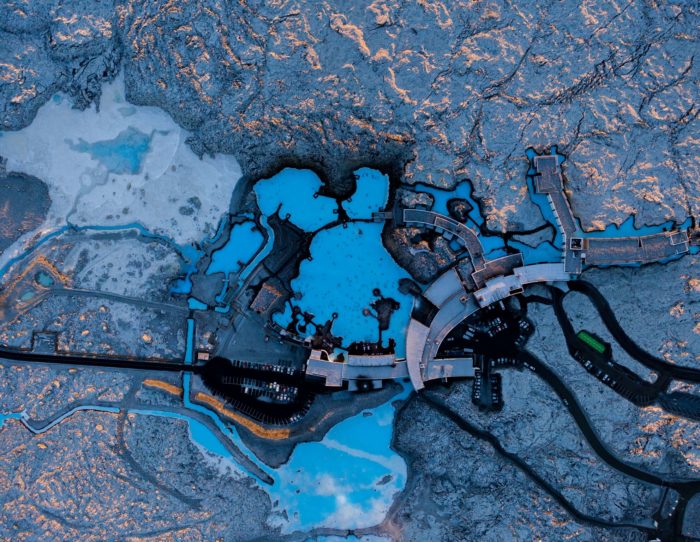Known for being one of the most eco-friendly countries in the world, Iceland is a big package of glaciers, hot springs, great history and more yummy food!
Firstly, here are a few important things for you to know, before travelling to Iceland.
- Visit www.covid.is and while in Iceland you can call +354 544 4113 is the health helpline number.
Here are the Top 10 things to do in Iceland, post the Covid-19 pandemic:
- Northern lights( Aurora Borealis) – a blend of colours to make you go all dreamy!
Caused by solar particles entering the Earth’s magnetic field and getting drawn to the North pole, Northern lights will blow your mind.
Choose a month between October to April. Anytime in the nights, with complete darkness and no moonlight, will give you the best experience of this natural kaleidoscope.
People often spot them in places like Reykjavik, Thingvellir, Jokulsarlon, etc.
2. Hot springs to relax
Iceland is filled with many geothermal water bodies which can soothe you, popular hot springs are Landmannalaugar and Seljavallalaug. Blue Lagoon is famous for its heavenly blue waters and beautiful rocks around.
Grab your camera the whole time!
3. Gaze the gorgeous waterfalls
With over 10.000+ waterfalls in the country, a trip to Iceland can never be complete, without witnessing these beautiful waterfalls.
Skogafoss, Gullfoss and Seljalandsfoss are the widely recognized ones, which are a treat to your eyes.
4. Geysers that’ll surprise you
When the water meets magma, it forces the water to gush out in the form of geysers.
The Strokkur Geysir is a popular geyser, known to erupt every few minutes. The Ancient Great Geysir is located in the Haukadalur Valley, which is just 2 hours away from Reykjavik. This geyser is a dormant one but when it erupts, it shoots boiling water up to 70 meters in the air!
5. Ice Caves in Vatnajökull Glacier
Vatnajökull Glacier consists of an astounding and ever-changing icy world which will remind you of the movie Frozen, definitely.
Vttnajökull Glacier covers 8% of the country and has deep maze-like structures created within its ice caves. Anytime between November to March is the best time to visit these caves. Always prioritise your safety while exploring them.
6. Whale watching
Iceland is known to be a significant spot for whale watching. Anytime in the summer (June to September) would be a great time for the same.
Reykjavik and Húsavík are known for being the best places to whale watch.
7. Landmannalaugar
Colourful and beautiful because of the mineral-filled lava called Rhyolite, Landmannalaugar makes a super amazing hiking spot.
Having hot springs all along its way, this 55km hike can be challenging as well. This place can only be visited in the summer months (June to September).
8. Hallgrimskirkja, Reykjavik
Designed by Guðjón Samúelsson in 1937, this beautiful Church taking up inspiration from the volcanic basalt pillars which are found across the country.
Mid-June to Mid August the best time to visit.
9. Vestrahorn Mountain
Vestrahorn Mountain, which stands 454 meters tall is among the top spots to visit in the country.
With crystal clear water around and flat black beach, it looks like a fantasy land.
This place is open all year but during winters, you’ll find snowy peaks and more beauty around.
10. Dyrhólaey –
Dyrhólaey looks like it is the edge of the world. A beautiful and dramatic coastline which stands at 120 meters above the sea level, will make you feel all heroic. Being a designated bird sanctuary, this place closes during the nesting seasons between May and June. Hence, plan your trip accordingly.
There’s plenty more to discover in this ‘Land of fire and ice’, feel free to send us your list.

